NLM is leveraging its extensive literature, sequence-related and clinical resources to address a broad range of biomedical information challenges. Our team is developing solutions to topics ranging from fold-switching proteins to visualization of personal health data. It reaches from linear DNA sequences to the complex nature of human behavior. Regardless of where our Investigators land on this spectrum, their motivations are the same—to improve human health. We invite you to learn about the people striving to make a difference through their research.
Research in Action
A team of researchers from the National Library of Medicine (NLM) at the National Institutes of Health (NIH) and the Broad Institute developed an improved web-based system, LitVar 2.0, to help researchers and clinicians search for genetic variants and related information in the biomedical literature.
A paper about this powerful LitVar 2.0 system was published in Nature Genetics.
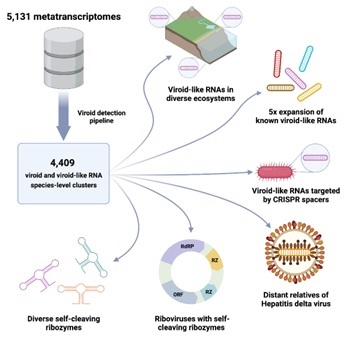
NLM Researchers Uncover the Diversity of Viroids and Viroid-like Agents
A team of researchers from the National Library of Medicine (NLM) and collaborating academic research institutions have developed a computational pipeline to identify and better understand viroids and viroid-like covalently closed circular RNAs (cccRNAs, also referred to as, simply, circular RNAs). This is a type of single-stranded RNA which, unlike linear RNA, forms a covalently closed, continuous circle.
Read the findings in the journal Cell.
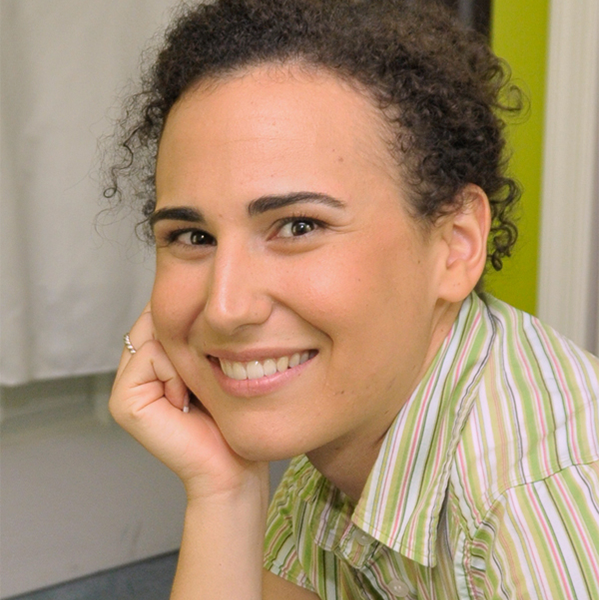
Science is receptive to new information that can refine the theories we use to make sense of the world. Such is the case with Dr. Lauren Porter, a Stadtman investigator jointly appointed at the National Library of Medicine and the National Heart, Lung, and Blood Institute, who is helping redefine the way we understand how proteins behave. She is looking at a new class of proteins that can change their structure and function much like the famous Transformer robots that morph into different machines. Understanding how these proteins switch their shape could help scientists understand the molecular basis of certain diseases like cancer and Alzheimer’s.
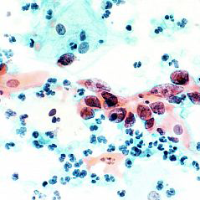
AI Tools Provide Picture of Cervical Health
Even though cervical cancer is considered one of the most preventable forms of cancer, it remains a serious and deadly scourge for many across the world. A computer algorithm designed to quickly and easily identify pre-cancerous changes using a regular smartphone may change that.
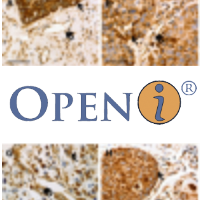
A Multimodal Biomedical Information Retrieval System
NLM researchers have developed ways to move beyond conventional text-based searching of biomedical resources, by combining text and visual features in search queries and document representation. A combination of techniques and tools from the fields of natural language processing, information retrieval, and content-based image retrieval allows the development of building blocks for advanced information services. Such services enable searching by textual as well as visual queries, and retrieving documents enriched by relevant images, charts, and other illustrations from the journal literature, patient records and image databases.
Read the paper in the Journal of Computing Science and Engineering
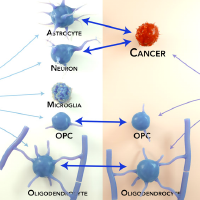
scPopCorn Gets to the Kernel of Single-Cell Experiments
Researchers at the National Library of Medicine’s National Center for Biotechnology Information have created a new algorithm called scPopCorn (single-cell subpopulations comparison) to capture the differences among populations of cells from single-cell experiments.

